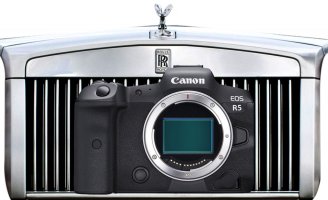I didn't take the laptop heat pipe apart an analyze the working fluid, but given that a laptop has a high risk of being left an an environment that could go below freezing, it may well have been something other than water. Water has the advantage of supporting a very high heat flux (watts per unit area), but the disadvantage that it doesn't support very low temperatures.When you compare cooling solutions, you have to consider the complete system. For air cooling you have to include heat sinks.
I never wrote that Al pipes are not in use, did I? What was the working fluid in the aluminium heat pipes you found in your laptops?
Upvote
0

